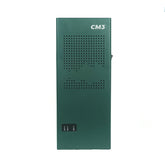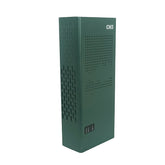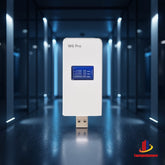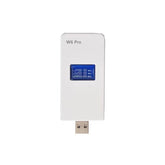Can the shielding distance of the wireless signal jammer be accurately controlled to 5 meters or 10 meters?
When customers consult us about the product functions and technical specifications of shielding equipment, they sometimes make a clear request: Can the shielding distance of the wireless signal shielding device they wish to purchase accurately be controlled at 5 meters or 10 meters? Because the customer has very strict distance control on the usage site, he neither wants the shielding distance to be too large nor does he want the shielding distance to fall short of the required coverage. So, can such a requirement be met?
We need to understand the customer's on-site situation in detail to make analysis and answers. If the customer installs the wireless signal jammer in a relatively isolated indoor space, and there is a solid reinforced concrete wall 5 or 10 meters away from the installation position of the wireless signal jammer, the shielded signal at this time is During the transmission process, when encountering a wall, part of the signal will be refracted or reflected, and part of the signal will penetrate the wall. However, this penetration process will be greatly attenuated, shielding the signal from passing through. The strength behind the wall will be greatly weakened, and it is no longer enough to play the role of mobile phone signal shielding through power suppression. This means that if there is isolation or blocking by the wall, the attenuation effect of the wall on the signal will be used. Basically, the transmission distance of the signal can be accurately shielded. However, it should be noted that only completely solid reinforced concrete walls can have a greater attenuation effect on the shielded signal. If it is replaced by a gypsum board partition wall, a wooden partition wall or a glass partition wall, then the wall will be used as a control wireless signal shield. The shielding distance approach is no longer feasible.
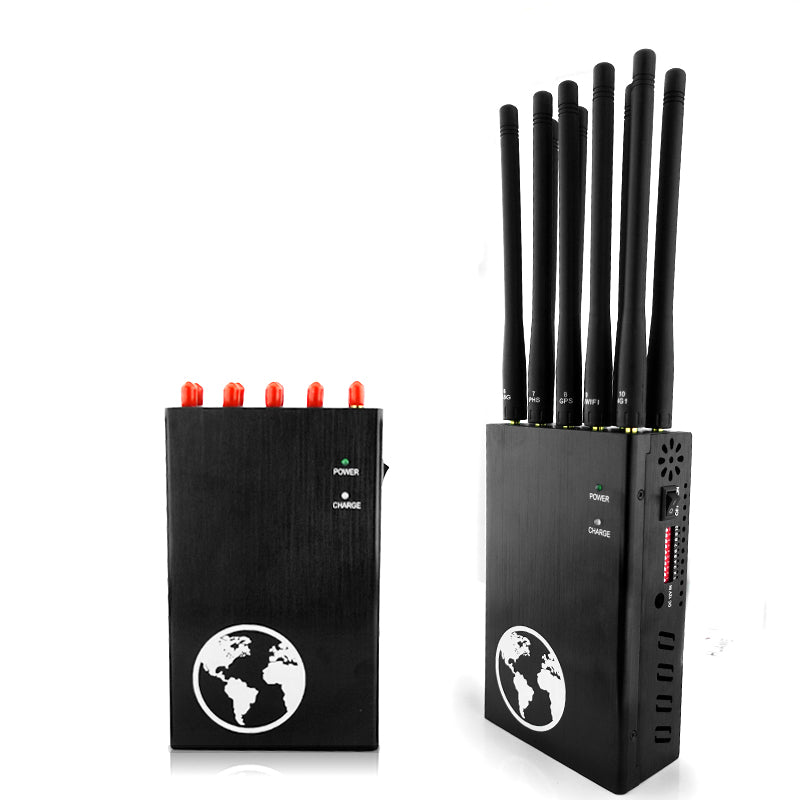
If the usage scenario required by the customer is another form: the wireless signal jammer is installed in a relatively open or very large indoor space, and there are no obstacles within tens of meters around it. In this scenario, The shielding distance is still required to be accurately controlled at 5 or 10 meters. To be honest: Such a requirement is basically impossible to achieve in the field of wireless radio frequency signals.
The actual effective shielding distance of various types of shielding signals emitted by wireless signal jammers is not exactly the same. This depends on the strength of the mobile phone signal on site, or it depends on the surrounding mobile phone base stations of various types. distance. Moreover, during the process of shielding signals spreading outwards in the air, the intensity of the signals gradually attenuates and weakens. In the presence or absence of obstacles, it is impossible to achieve a one-size-fits-all effect, and it is even more impossible to accurately control the shielding signals. At a certain specified distance, the signal suddenly disappears or cuts off.


